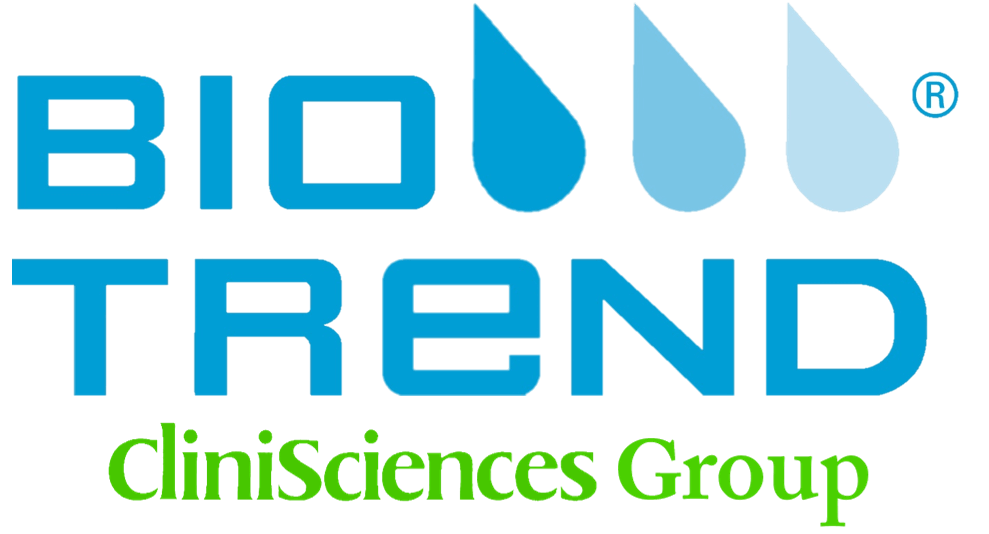Anti-CD4 (PE) Monoclonal Antibody
Katalog-Nummer 227420-100T
Size : 100Tests
Marke : US Biological
227420 CD4 (PE)
Clone Type
PolyclonalHost
mouseSource
equineSwiss Prot
F6Y6X8Isotype
IgG1Grade
Affinity PurifiedApplications
FCCrossreactivity
EqShipping Temp
Blue IceStorage Temp
4°C Do Not FreezeCD4 is a 58kD cell surface glycoprotein that is primarily expressed on a subpopulation of T lymphocytes. As in humans, equine CD4 expression is mutually exclusive with CD8 expression on mature T-cells||A study undertaken using CVS4 to identify CD4 on several wild african equid species indicates that CD4 recognizes Somali wild ass (Equus asinus) but not Grévy's Zebra (E. grevyi) or Hartmann's Mountain Zebra (E. zebra).||Applications: |Suitable for use in Flow Cytometry. Other applications not tested.||Recommended Dilution:|Optimal dilutions to be determined by the researcher.||Storage and Stability:|Store product at 4°C before and after reconstitution. DO NOT FREEZE! Lyophilized and reconstituted products are stable for 12 months at 4°C after receipt. Reconstitute lyophilized powder with sterile ddH2O prior to use and store remainder as an undiluted liquid. Dilute required amount only prior to immediate use. Further dilutions can be made in assay buffer. Caution: PE conjugates are sensitive to light. For maximum recovery of product centrifuge the original vial prior to removing the cap.



